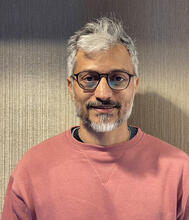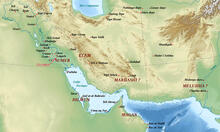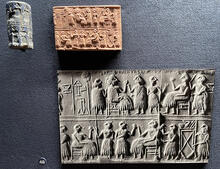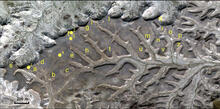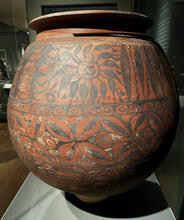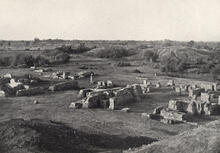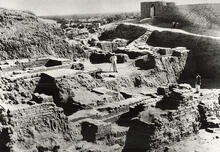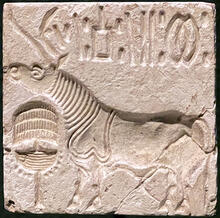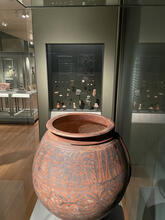Omar Khan and Nikhil Gulati in conversation about The People of the Indus, the best-selling graphic novel about the ancient Indus civilisation shortly after its release.
Until Dr. Vermaak's paper (2008), no one had connected the known existence of a Meluhhan village in the Girsu/Lagash area with Guabba; the availability of more texts since the first connections were made by scholars like Asko Parpola allowed him to both locate it more precisely and tease out a number of other references that give us some sense of what these people did and were known for.
A look at some of the other artifacts we have from this extraordinary female ruler of the Mesopotamian city-state of Ur around 2500 BCE.
Archaeologists often assume that metals like bronze replaced the need for stone tools, but is this really the case given the evidence in these two areas not to mention select Mediterranean regions? In the Indus region, what was the use of these tools given their limited presence in Mohenjo-daro and Harappa?
"Jar painted with birds. 2600-1900 BC, Terracotta with red slip and black painted decoration," is what the unvarnished description at the Museum of Fine Arts (MoFA), Boston reads; in truth this is one of the largest and most richly painted ancient Indus pots ever found.
The original article by Ernest Mackay on the excavations he led at a key ancient Indus site known for fine craftsmanship, with all 10 plates.
We are delighted to publish a new set of over 50 photographs from Daya Ram Sahni's second season at Harappa in 1923-24, before he or anyone knew about the ancient Indus civilization. Unearthing the Mysteries of Harappa is unique contribution to Indus archaeology curated by Dr. Nadine Zubair with contemporary commentary by Dr. Jonathan Mark Kenoyer.
Can potential place-names in Indus inscriptions be isolated?
Dr. Asko Parpola, in by far best single book on the subject, Decipering the Indus Script, after discussing how place names survive in people's names in Dravidian-speaking South India today, where "the name of the ancestral village often forms the first element of a person's proper name," continues by saying that "a similar survival of Harappan place-names in the Greater Indus Valley is not at all unlikely (§ 9.4).
The Museum of Fine Arts (MoFA) in Boston, USA has the largest collection of Indus artifacts outside India and Pakistan.

